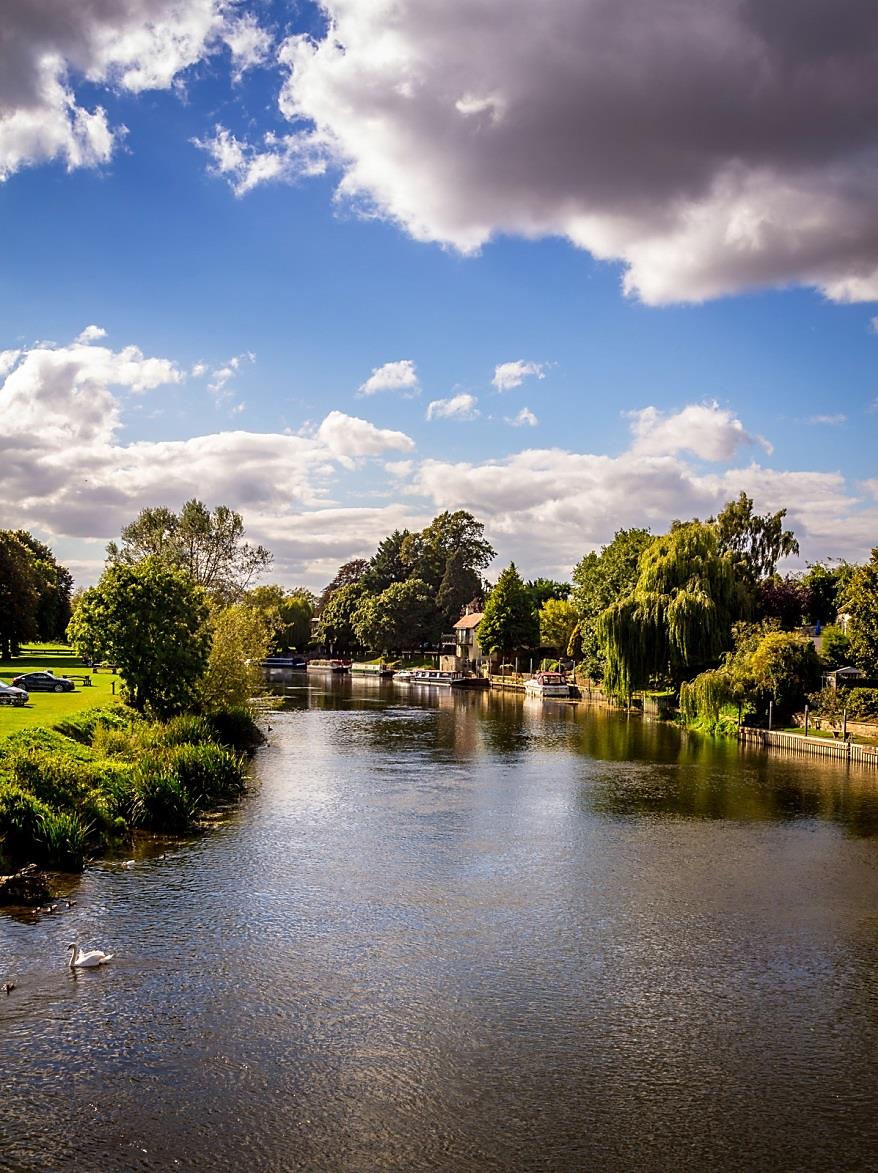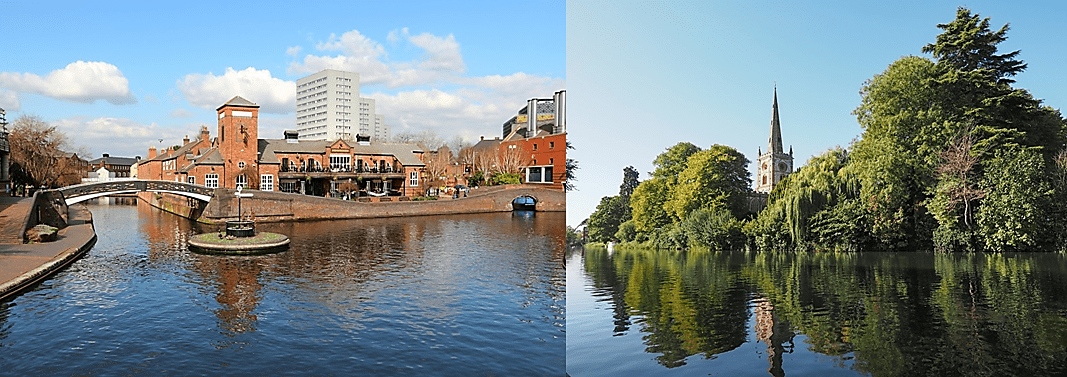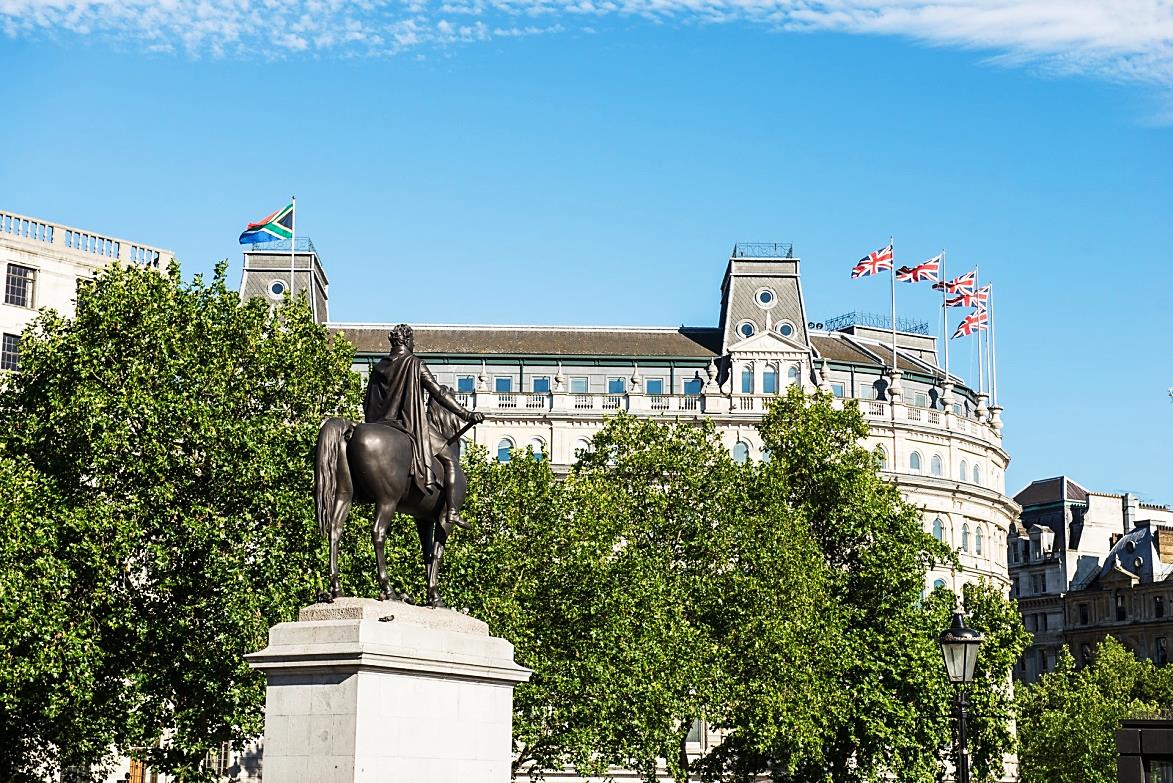
by Fern Shaw | Jul 31, 2017 | aquaid birmingham
Our AquAid Birmingham branch, based in West Bromwich in the West Midlands, opened its doors in 2003 and is managed by the by the highly experienced Andrew Sutherland.
Andrew and his team supply an extensive range of innovative and high quality water coolers and dispensers to service a broad range of customers in offices; on worksites; at festivals, production shoots; medical care facilities, hospitals; retirement homes; colleges; schools and universities.
AquAid Birmingham provides their top notch services to more than 3,500 customers throughout the following areas:
Aberystwyth, Ashby-de-la-Zouch, Birmingham, Burton, Cannock, Castle Donington, Coalville, Coleshill, Derby, Dudley, Hinckley, Kegworth, Kidderminster, Leicester, Loughborough, Melton Mowbray, Newcastle Under Lyme, Oswestry, Shrewsbury, Stafford, Stoke-on-Trent, Sutton Coldfield, Tamworth, Telford, Walsall, Wolverhampton.
A few quick facts about Birmingham – which even if you’re Brum born-and-bred, you may not know:
There’s been some debate about whether Birmingham or Manchester is Britain’s second biggest city. As it turns out, Birmingham is Britain’s second city. Seems to be another case where size does matter: with the largest population and GDP outside of London, in quantifiable terms, the Midlands metropolis trumps Manchester (sorry ‘bout that Manchester, but rest assured that there is another fantastic branch of AquAid that look after their Manchester customers).
Bird’s Custard, Cadbury’s Chocolate, Bournville Drinking Chocolate, HP Sauce and Typhoo Tea are all from Birmingham.
Birmingham has more waterways and canals than Venice with 35 miles of waterways versus Venice’s 26 miles of waterways. The surrounding areas of Birmingham also have loads more canals right nearby – in fact there are still over 100 miles of canals being used in the Midlands today. That’s a lot of water!
Brum, as it’s affectionately known, is one of the UK’s greenest cities with over 8,000 acres and 600 parks and open spaces.
Although the TV series, Peaky Blinders is all about 1920’s Birmingham, very little of it is filmed in the city itself. The nearest we get are scenes that were filmed in the Black Country Living Museum in Dudley, where AquAid happily supply water coolers too.
Brummies (natives of Birmingham) refer to Black Country folk as Yam Yams because they say ‘yow am’ or ‘yow’m’ (meaning ‘you am, you are’). There is apparently a distinct difference between the Brummie accent and that of the Black Country.
Wherever you’re situated in Birmingham – in the heart of this water filled city – or further afield whether you’re in Aberystwyth or Wolverhampton, for exceptional service that caters for all your water cooler and dispenser needs, contact one of the helpful team at AquAid Birmingham today.

by Fern Shaw | Jul 31, 2017 | aquaid coventry
The simple answer is AquAid Coventry is located in Biford-on-Avon in the heart of West Midlands, where owner and manager Nick Higginson and his team have been looking after their more than 5,000 customers since they began operations in 2001. You’ll find them at Shakespeare House, 36 Bidavon Industrial Estate, Bidford-on-Avon, Alcester, Warwickshire, B50 4JW.
Whatever the requirements, Nick and his team supply an extensive range of innovative and high quality water coolers and dispensers to their customers in offices, medical centres, filming locations, colleges and schools in and around the Coventry area.
The perhaps less simple answer is that this AquAid branch don’t just service the Coventry area but also Bromsgrove, Cardiff, Daventry, Droitwich, Evesham, Hereford, Leamington Spa, Kenilworth, Newport, Northampton, Redditch, Rugby, Shirley, Solihull, Stoke-on-Trent, Stratford-upon-Avon, Swansea, Warwick and Worcester.
This is broad region to cover, so we’ve hand selected only a few pockets of interest about what makes these parts of the West Midlands great.
Coventry has many claims to fame, but the one I like the most, mainly because it’s really quirky, is that the original ‘The Italian Job’ film, the car chase scene involving Minis was filmed in huge sewer pipes at Stoke Aldermoor in September 1968.
Cardiff, too, has proven to be the perfect locations for many films and TV series, including Doctor Who; Sherlock; Antiques Roadshow; 28 Weeks Later to name but a few.
Newport* has the coolest bridge and you can climb it, if you want to. The splendid Transporter Bridge was built in 1906 and one of just six such bridges in the world still in operation. From a practical point of view, the suspended gondola transports cars and passengers across the Usk River in just two minutes. You can also clamber to the top of the 54m walkway for head-spinning views of the Severn Estuary.
Stratford-upon-Avon* is of course the birthplace and was the residence of the world’s greatest bard (and what the headline alludes to), William Shakespeare. A perhaps lesser known fact is that seven years after Shakespeare’s death, John Heminge and Henry Condell (two actors from The King’s Company) had Shakespeare’s plays published by William Jaggard and his son, Isaac. This first folio contained 36 plays and sold for £1.
So whether you’re based in Bromsgrove, Hereford, Rugby or anywhere mentioned above and whether you’re on location filming or have a business, one office, multiple workplaces, or are a university, college or school, contact the team today at AquAid Coventry – they’re more than well equipped to accommodate your water cooler and water provision requirements.
*sources: Movie Maps; Rough Guide; Royal Shakespeare Company

by Fern Shaw | Jul 31, 2017 | aquaid west midlands, water cooler, Water Coolers
AquAid Water Coolers has been in operation for the past 25 years. We’ve grown from our humble beginnings in 1992 to having 23 branches nationwide, supplying an extensive range of Bottled and Mains-Fed water coolers, water dispensers, water boilers and water related products to more than 33,000 customers throughout the UK.
AquAid has two branches catering to their customers in West Midlands: AquAid Birmingham and AquAid Coventry.
AquAid Birmingham has been in operation since 2003. The team are managed by the highly experienced Renatas Kontvainis. He and his team look after the water cooler and water provision requirements of more than 3,500 customers in and around Birmingham; from Aberystwyth to Wolverhampton.
AquAid Birmingham service a broad range of customers in offices; on worksites; at festivals, production shoots; medical care facilities, hospitals; retirement homes; colleges; schools and universities.
Birmingham and beyond!: Aberystwyth, Ashby de la Zouch, Birmingham, Burton, Cannock, Castle Donington, Coalville, Coleshill, Derby, Dudley, Hinkley, Kegworth, Kidderminster, Leicester, Loughborough, Melton Mowbray, Newcastle Under Lyme, Oswestry, Shrewsbury, Stafford, Stoke-on-Trent, Sutton Coldfield, Tamworth, Telford, Walsall and Wolverhampton.
AquAid Coventry, owned and managed by the very accomplished Nick Higginson, has been in operation for over 16 years. Whatever the requirements, Nick and his team supply an extensive range of innovative and high quality water coolers and dispensers to their more than 5,000 customers in offices, medical centres, colleges and schools in and around the Coventry area.
Areas covered by AquAid Coventry are: Bromsgrove, Cardiff, Coventry, Daventry, Droitwich, Evesham, Hereford, Leamington Spa, Kenilworth, Newport, Northampton, Redditch, Rugby, Shirley, Solihull, Stoke-on-Trent, Stratford-upon-Avon, Swansea, Warwick and Worcester.
Wherever you’re based in the Midlands, AquAid Birmingham and AquAid Coventry are more than equipped to meet your water cooler and water related product requirements.
To contact your local AquAid West Midlands representative, select the link for your relevant branch now.

by Fern Shaw | Jul 31, 2017 | aquaid central london, water cooler, Water Coolers
We hope by now, by browsing our super new spiffy website, that you’ve seen that AquAid really do put the cool in your water cooler, and that we’re geared to be able to provide you with any requirements you may have, water cooler wise, across the United Kingdom. But you may not be aware that there is not one, but two, AquAid Water Coolers branches in London?
You didn’t? Well, step right up, dear customers, past, present and future and let’s introduce ourselves.
The first AquAid London branch we’re focusing on is the AquAid Central London branch, with premises in Andrews Road, E8 4QN.
AquAid Central London has been in operation for 15 years and services their more than 800 customers’ requirements for water, water cooler and water related products.
It’s almost impossible to itemise what makes London so special, so today we’re focusing on perhaps lesser known nibs of interest in and around the AquAid Central London office.
Sir John Soane’s: The architect of the Bank of England had a magpie’s eye for unusual and exquisite bric-a-brac. His former home has long served as a museum space to show off the collection, which includes period furniture, paintings by the likes of Hogarth and, most memorably, the sarcophagus of Seti I. Entrance to this one of a kind museum is free.
Great Ormond Street Hospital is possibly the best and most famous children’s hospital in the world. But what you may not be aware of is that the hospital owns the rights to Peter Pan. Peter Pan is one of the greatest children’s stories ever told, and in 1929, its author J. M. Barrie gifted the copyright to the hospital, eight years before his death.
King’s Cross Station is a magical place. The station features in many books and films, but its most famous appearance in either comes as the gateway to Platform 9¾ and the Hogwarts Express in the Harry Potter series. Author J.K. Rowling picked King’s Cross because her parents met on a train at the station (although the author was apparently thinking of Euston Station’s platforms 9 and 10 at the time).
Even if you’re based at Platform 9¾ in Central London, the AquAid Central London branch is more than equipped for all your water and water cooler requirements. They’d be delighted to assist, so please do get in contact.

by Fern Shaw | Jul 31, 2017 | aquaid london south east
AquAid Water Coolers have been in operation providing high quality water coolers, dispensers and water boilers since 1998. Today, AquAid have 35 branches throughout the U.K.
In London, AquAid have not one, but two branches in the capital.
If you have any water or water cooler requirements in London’s South East, then you need look no further than AquAid London South East or AquAid LSE as the branch is known.
Owned and managed by the inimitable Paul Taylor, AquAid LSE has been supplying water coolers, dispensers and bespoke water supply solutions to their customers for 16 years. Paul and his team look after more than 1,250 customers at worksites, care facilities, hospitals, offices, universities, colleges and schools.
Although London’s South East boroughs of have changed somewhat over the years, AquAid LSE continues to look after their customer requirements throughout the following areas:
Beckenham, Bexley, Camberwell, Docklands, Erith, Forest Gate, Greenwich, Lambeth, Lewisham, Orpington, Peckham, Rotherhithe, Sidcup, Southwark, Stratford, Swanley, Walthamstow and Welling.
Certainly a mouthful but AquAid LSE has you coolered nonetheless!
Some perhaps lesser known points of interest in and about the boroughs of London’s South East:
*The O2 Arena in Greenwich, originally known as the Millennium Dome, is so large that it can fit the Great Pyramid of Giza or the Statue of Liberty inside. It is the largest structure of its kind in the world, but with a seating capacity of 20,000, it comes in second to the Manchester Arena.
*The London Docklands: In 1696, the Howland Great Dock was formed in Rotherhithe. It was established to give more area for the ships to dock and secure the ship from any thieves. There are at least 120 large vessels which could be accommodated in the dock.
*Lambeth Bridge is painted red in honour of the House of Lords, while Westminster Bridge is painted green for the House of Commons. It is an interesting honour considering that Parliament attempted to block the building of the bridge in 1664, 1828, and 1836, as well as trying to block its widening in 1912.
So whether you’re situated in the Docklands, Greenwich or Lambeth (or in any of the other 15 locales) in London’s South East, AquAid LSE is available for all your water and water cooler requirements. They may not be painting any bridges red or green but they’ll always be able to offer you cool blue drinking water, whatever your set-up requires.
Contact them today – they’ll be more than pleased to assist.
*source: from an article in Londontopia





